What Is M-Lok?
July 20th, 2020
6 minute read
Jargon is inescapable in the firearms industry. It can be used as shorthand to communicate an idea rapidly. It can also be used to determine who’s a casual shooter or an old hand. For those new to shooting, the special words and terms we use can be a bit confusing and even intimidating. No one wants to sound foolish, so sometimes our jargon isn’t well understood.
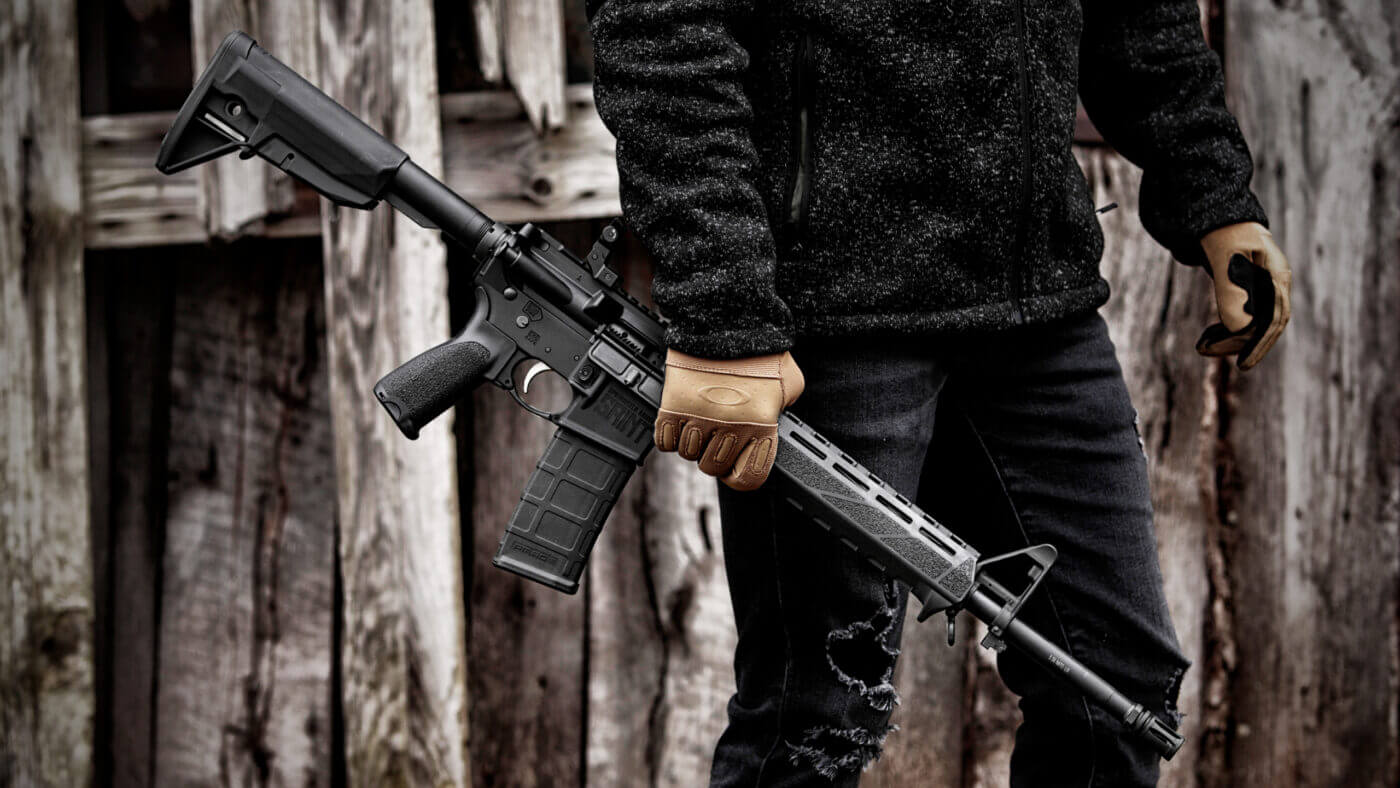
M-Lok could be one of those terms.
If you’re in the market for a new AR-style rifle like the SAINT, M-Lok is a term you’re likely to run across. But, what is it?
A Bit of History
M-Lok is an attachment system that allows you to add an accessory to a rifle or other firearm. In that way, it’s not a new idea.
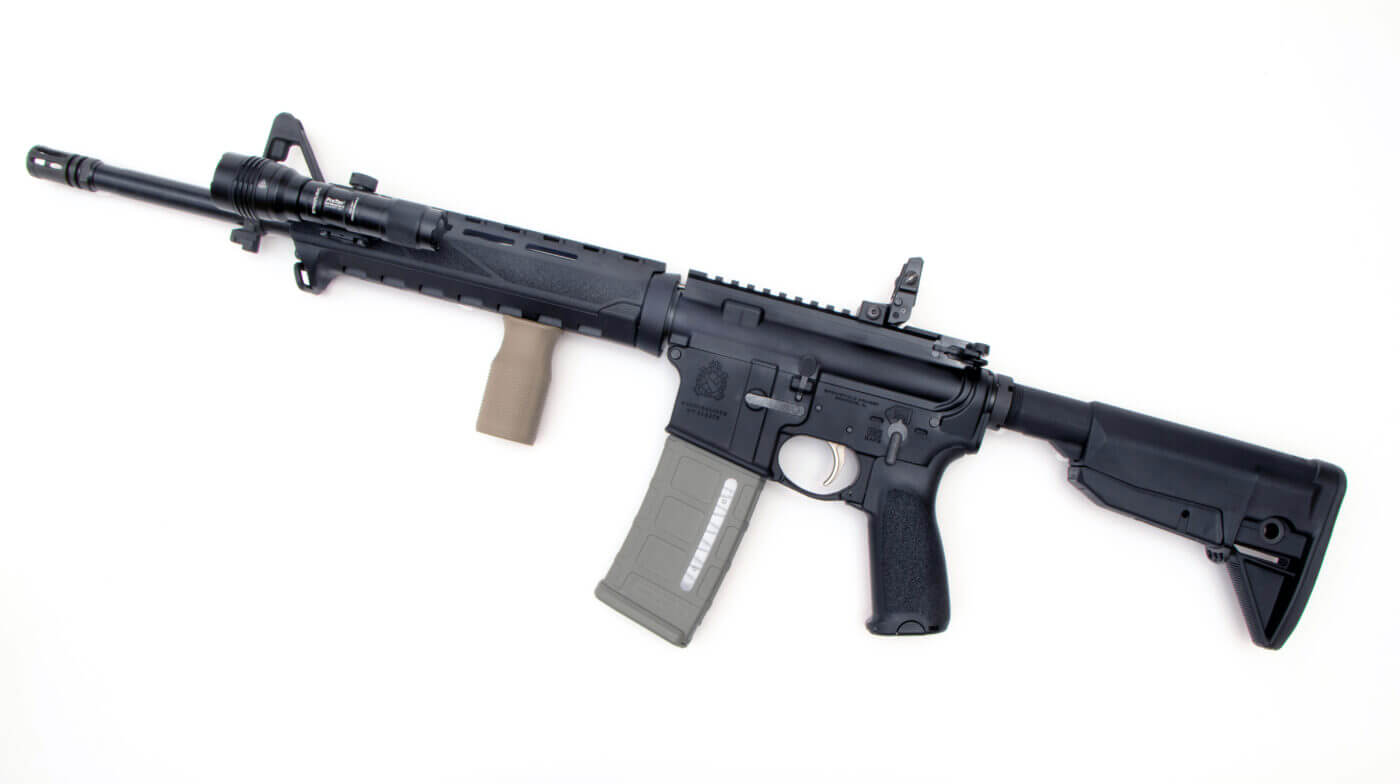
As long as there have been men carrying rifles into combat, people have been attaching things to those guns to improve the odds of their survival. Perhaps the most obvious example of this is the bayonet. By attaching a blade or spike to your rifle, the gun can now serve as an improvised melee weapon similar to a spear or pike.
Combat through the centuries led to other innovations such as slings, lights, lasers and even IR (infrared) illuminators. All of these items can be attached to a rifle to give its wielder an edge in battle. In the past, accessories have been attached with tape, Velcro and hose clamps. None of these were ideal.
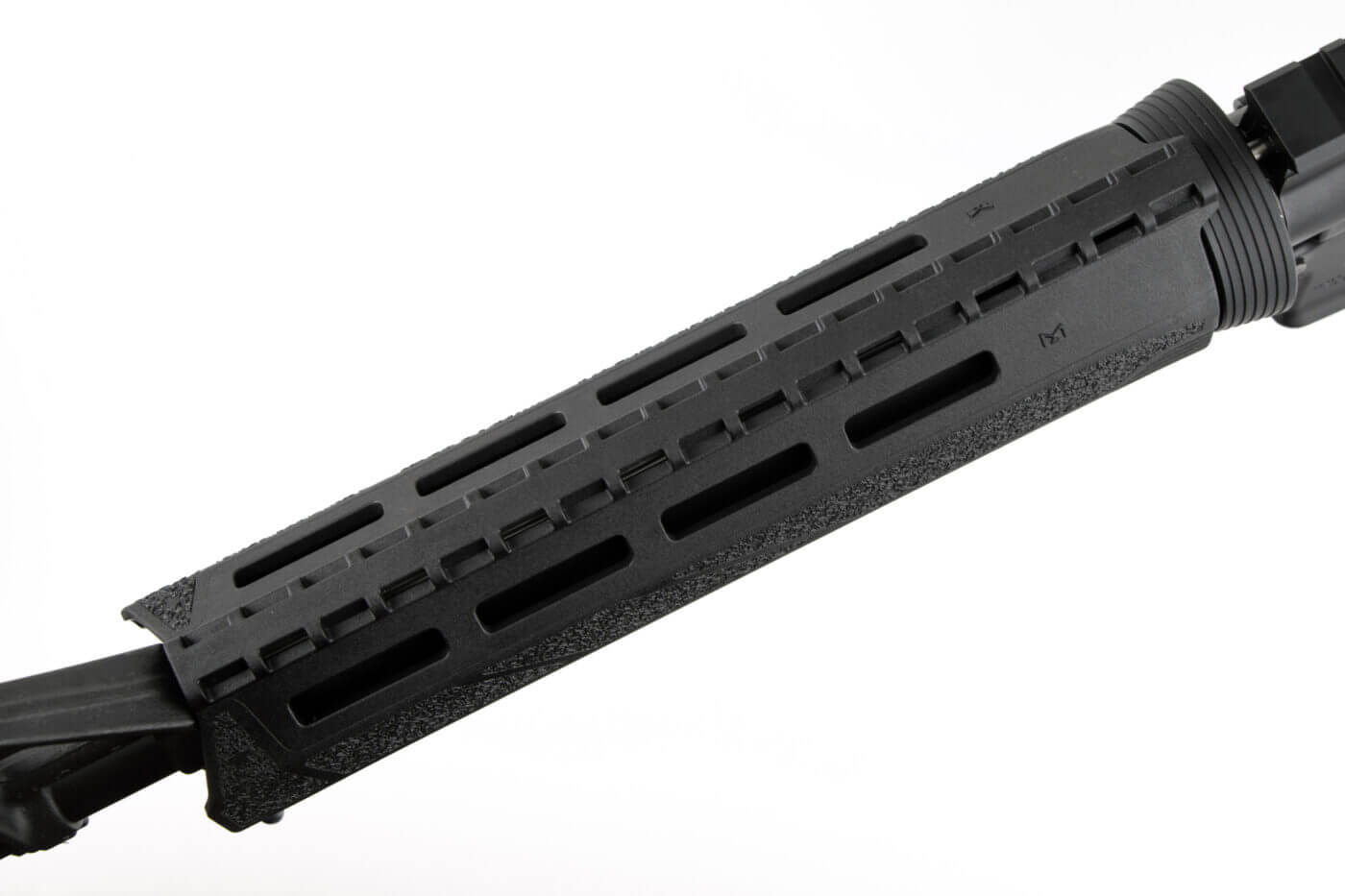
Enter the MIL-STD-1913
By the 1990s, the United States military began examining a range of accessory attachment options for the M4/M16 rifle system. Drawing inspiration from the Weaver-type mounts and the rails used on artillery, the MIL-STD-1913 rail system standard was published and fielded in 1995. Later, the standard would be adopted by NATO as the STANAG 4694 Accessory Rail.
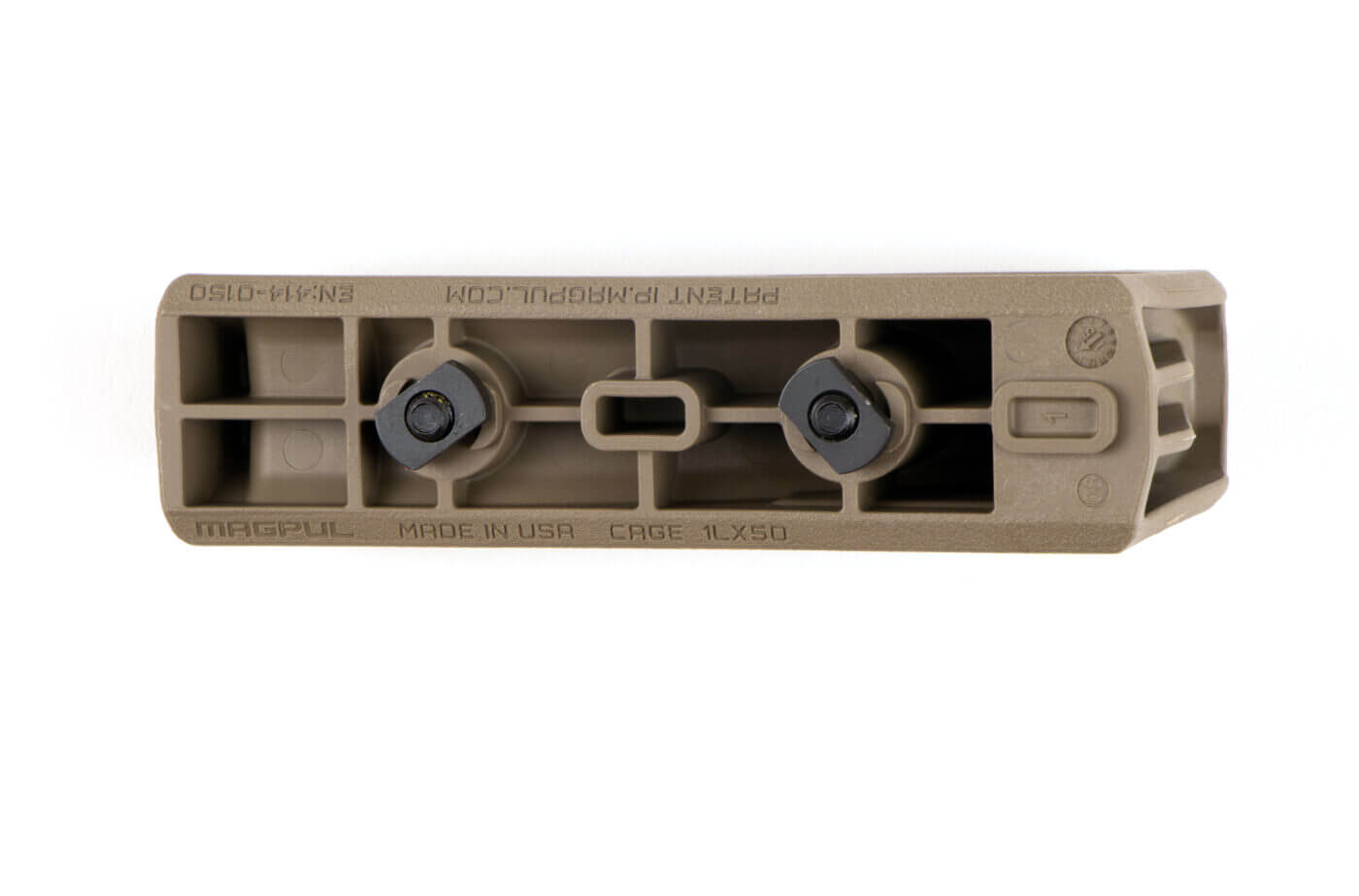
Alternatively called a 1913 rail or a Picatinny rail — named after the Picatinny Arsenal where it was developed — the new standard swept the industry. Picatinny rails became the de facto standard for accessory attachment to many rifles and pistols. For a period of time, virtually every accessory made for AR-style rifles used a 1913 mount.
The upsides to the 1913 standard included durability and universal compatibility. However, the rails tended to be heavy, tended to be made of aerospace aluminums and needed quite a bit of machining. While there were no licensing fees associated with their use, quality quad-rail forends for a rifle tended to be expensive. They also could be uncomfortable, like having a cheesegrater attached to the front of your firearm.
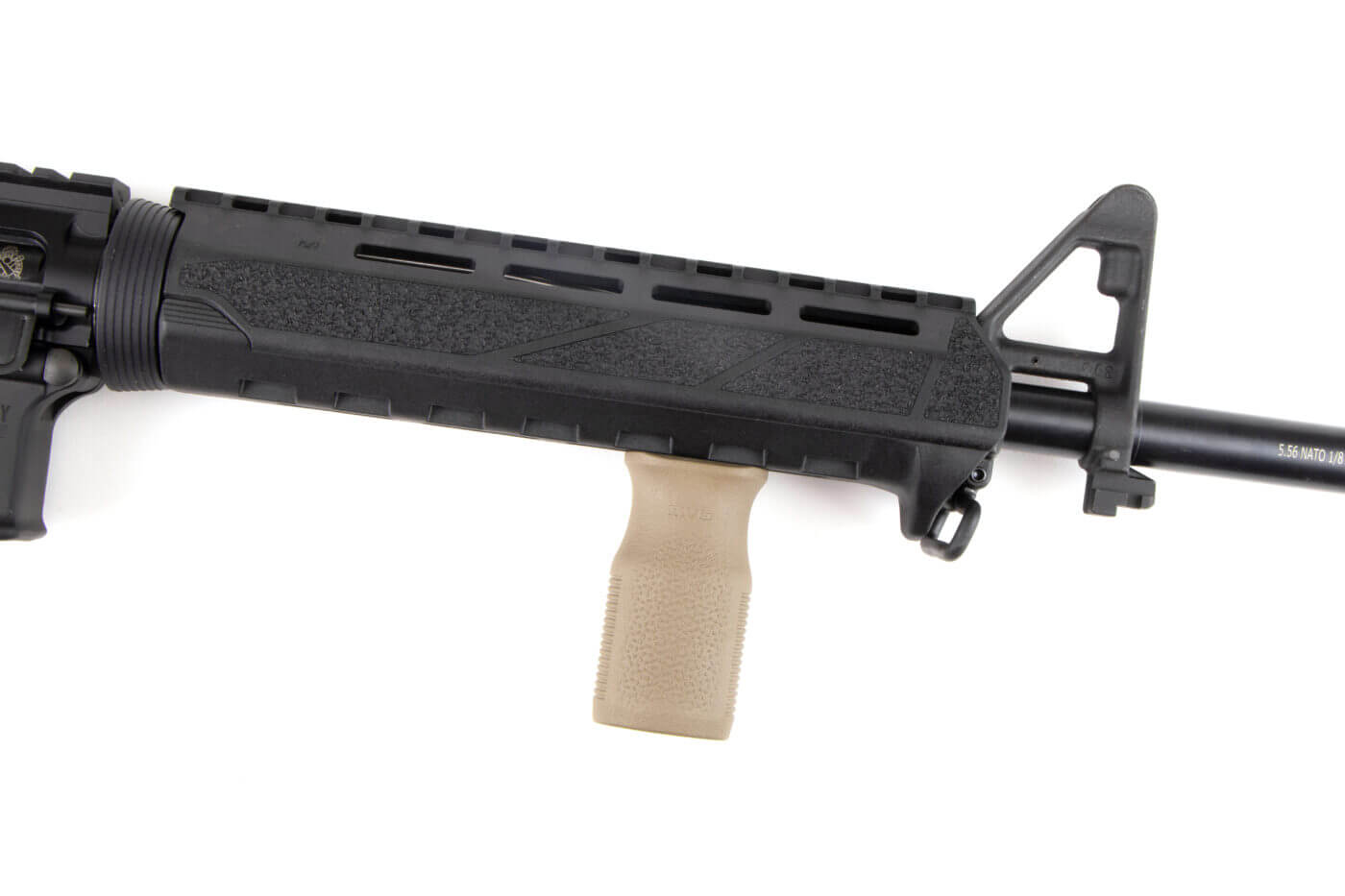
This Is the Way
Alternatives to the 1913 system were introduced, but few gained much traction. One, however, stood out as it offered a solution that could be lighter and less expensive to produce while retaining a rigorous standard to ensure compatibility.
Magpul, widely regarded as an innovator in the firearms industry, developed a standard called M-Lok. M-Lok promised to drop some of the excess weight associated with Picatinny rails while remaining durable enough for hard use. The company’s goal was to: (a) maintain a rigid standard so end users would be assured of compatibility across brands; and (b) make the system affordable for other manufacturers to adopt the standard.

To accomplish this, the company took two innovative approaches to M-Lok. The first was the physical characteristics of M-Lok, and the second was a patent and licensing process designed with the shooter in mind.
Attaching an accessory to a 1913 rail required the rail to have a row of elongated posts for the accessory to lock into. It was a reliable system, but it was somewhat weight inefficient. Regardless of how few accessories you might mount, the rail retained a full-length row of posts. If, for example, you added a light and vertical grip, you might take up 10% of the available rail space. That left 90% of the rail space as unnecessary weight.
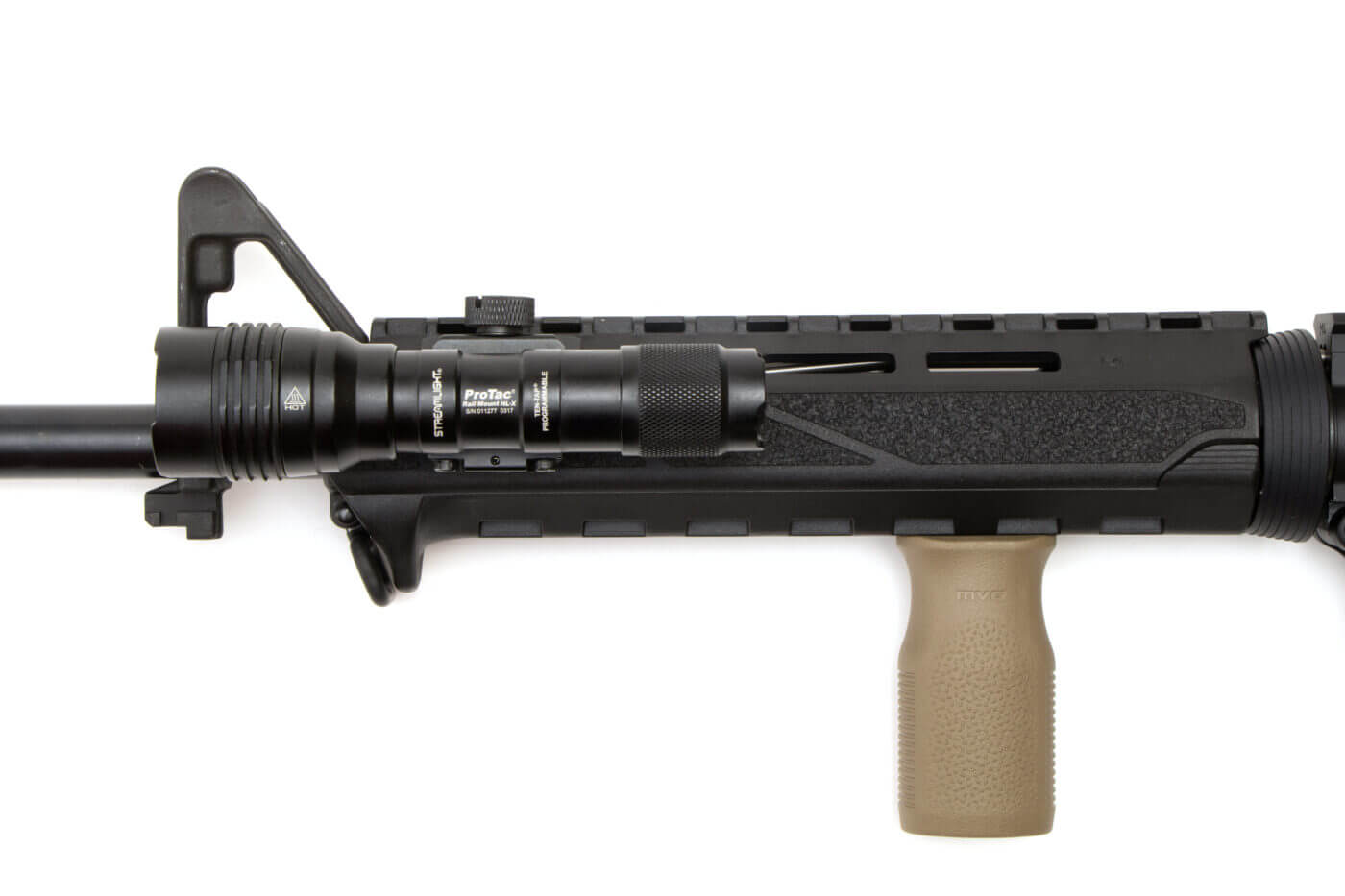
With the M-Lok design, Magpul reversed the concept. Instead of having long railroad tracks of rails, an M-Lok forend simply has precise slots cut into the handguard. The accessory can attach with mounting hardware that locks into the slots. As a result, the M-Lok rail system has the potential of being much lighter than a 1913-style attachment system could be.
An M-Lok accessory uses a screw with a T-nut to attach to the rail. You simply align the nuts with the slot and then turn the screw 90˚. The accessory is now securely mounted to the M-Lok rail. I’ve found that once the accessory is locked down, the connection is very secure.
In addition, you can buy strips of Picatinny rail that can attach to the M-Lok slots, allowing you to direct mount accessories designed for M1913 rail.
Getting Buy-In
One of the major hurdles to adoption of a new standard is buy-in from other manufacturers. Having a great idea is of no use should no one ever use it.

For readers old enough to remember computers in the 1990s, you probably spent a lot of time fussing with all of the different ports: serial, parallel, PS2, SCSI and more. The user-friendly USB connector had been on the market for nearly three years with few companies taking advantage of its improved interface. Then, Apple introduced the iMac that replaced all of the legacy ports with the USB connections. That move prompted many other companies to do the same, and suddenly USB became the ubiquitous connection interface that people still use today.
Magpul likely knew that its improved design would languish if it could not get other manufacturers on board. However, the company wanted to ensure that the standard was strictly adhered to so users would be able to pair parts from different manufacturers.
To solve both issues, Magpul patented the M-Lok technology. Then, rather than charging a licensing fee to other companies to use the technology, Magpul elected to offer free licenses to any company that was willing to comply with the standard. This allowed other manufacturers to adopt the new standard without paying royalty fees to Magpul. For a consumer, the bottom line is all M-Lok parts are 100% compatible and there are no increased fees due to licensing agreements.
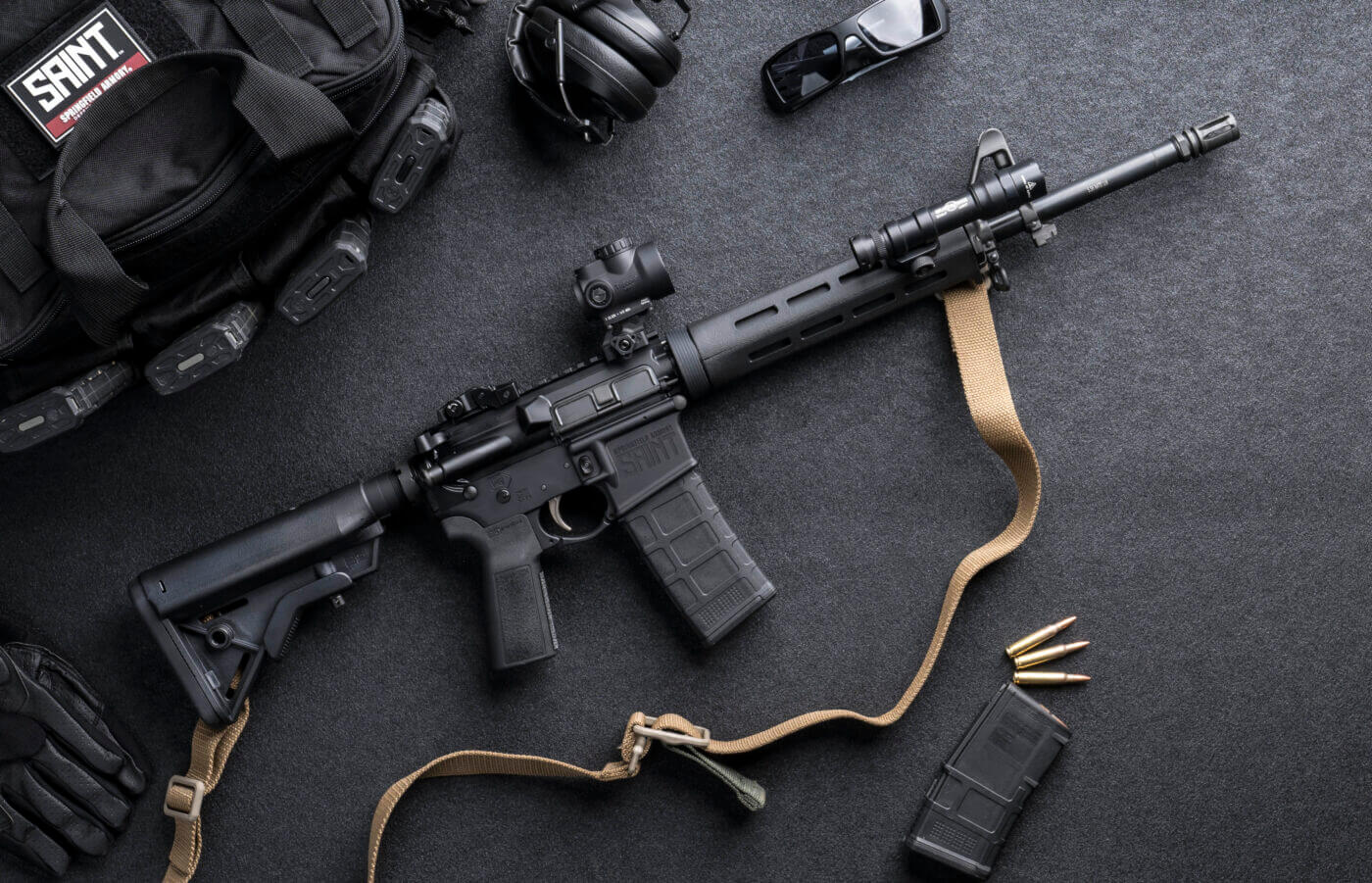
M-Lok Options
It’s been more than five years since the M-Lok standard was released. In that time the Picatinny rail system has fallen out of favor with many companies building AR-style rifles. The 1913 rail is often used for optics mounts, but many companies are now using M-Lok rails on their handguards.
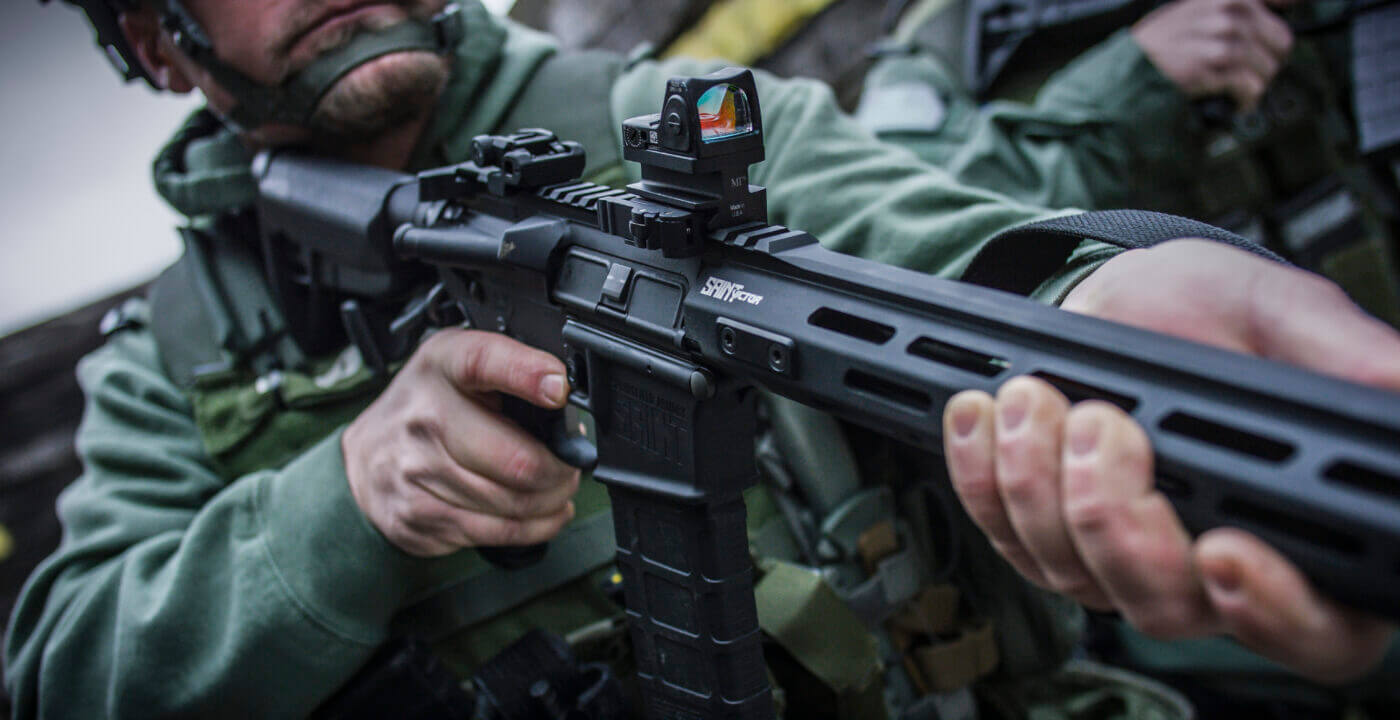
Many common accessories are available with M-Lok mounts. Vertical grips, sling attachment points, hand stops and other gear are natively available with M-Lok attachment hardware. For accessories that still use Picatinny-type attachment points, there are short rail adapters available to connect the accessory to an M-Lok slot.
Is M-Lok the new standard? Time will tell. I am comfortable in saying that it is a contender to knock 1913 rails off the board in many applications. For optic mounts and handgun accessory rails, the Picatinny standard seems to be the better choice. For everything else, M-Lok looks like it’s the winner.
Editor’s Note: Please be sure to check out The Armory Life Forum, where you can comment about our daily articles, as well as just talk guns and gear. Click the “Go To Forum Thread” link below to jump in and discuss this article and much more!
Join the Discussion
Featured in this article
Continue Reading
Did you enjoy this article?

 278
278








